Fall is in the air, and when the summer heat is winding down, but it’s not yet time for a big glass of red wine by the fire, we think of one thing: rosé. On the spectrum between red and white wines, rosés are made with the same grapes as reds, but spend less time fermenting with the skins than reds do. Rosés are perfect for this time of year, offering the refreshing brightness of white wines with added depth from the skins.
Rosé wines are made from nearly every wine grape, and as rosé’s popularity grows, so do the options (we know that makes us happy). From dry to sweet, simple to complex, they can offer characteristics of red fruit, flowers, citrus or melon depending on the varietal, region and winemaking process.
So what is the process for making rosés? There are three main methods:
- Maceration Method. In this commonly used method for producing commercial rosé, grapes are pressed and sit in their own skins to ferment for a brief time. The juice and skins are then separated before the color gets too dark. Depending on the varietal, skins are left to ferment with the wine for varying amounts of time, from as little as a few hours to days.
- Vin Gris/Direct Press Method. Meaning “gray wine,” the vin gris method is to make a nearly white wine using red wine grapes and white winemaking processes. Vin gris uses an extremely short maceration time, resulting in rosés with a very pale hue.
- Saigneé. Pronounced san-yay, this method is a by-product of red winemaking. During the first few hours of a red wine’s fermentation, some of the juice is “bled” off to ferment separately from the rest of the wine. This method is more common in wine regions that produce finer reds, because it not only produces a nice rosé with a typically darker hue, but leaves a higher ratio of skin contact on the un-bled juice, concentrating the red.
Whatever the method, we love rosé. We are proud to feature several on our wine lists, including favorites like our Domaine de la Roche mourvèdre blend from the Bandol region in southern France, and the classic Domaine Carneros Brut rosé. We’ve also got a number of sleek rosés from around the world available that aren’t listed on the menu. Our fresh seafood and farm fresh specials are perfect candidates to pair nicely with any of our lovely rosés—we’d love to help you find the perfect wine to complement your dinner. Never hesitate to ask!

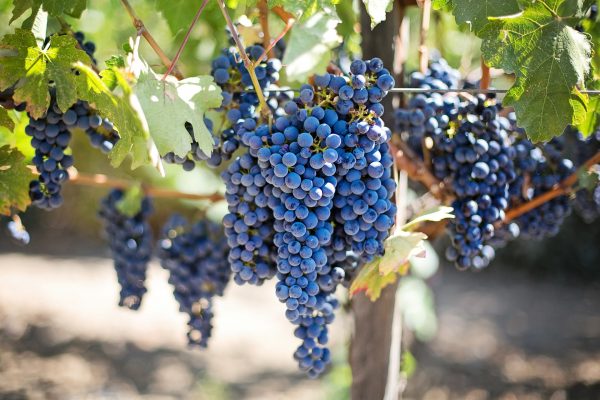
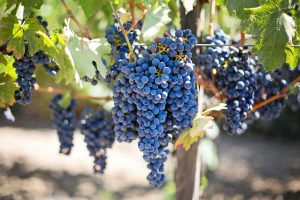
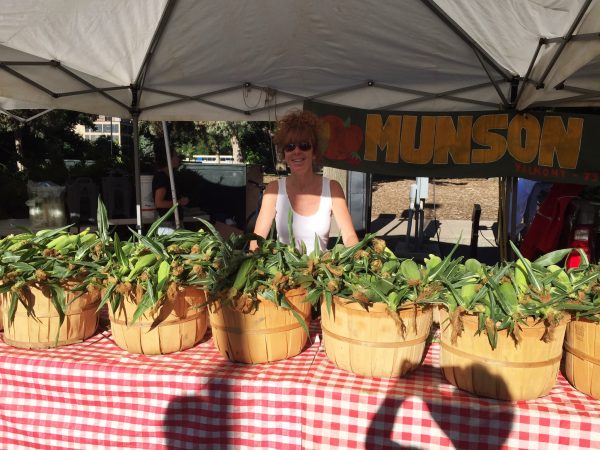

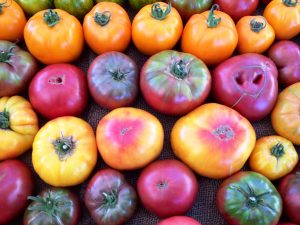 Tomatoes: It’s here: tomato season. If you’re a fan of caprese, this is the right time of year for you. Chef Jim creates a wonderful (and beautiful) caprese with lovely heirloom tomatoes from area farms, complete with fresh garden basil and the best mozzarella. Yum!
Tomatoes: It’s here: tomato season. If you’re a fan of caprese, this is the right time of year for you. Chef Jim creates a wonderful (and beautiful) caprese with lovely heirloom tomatoes from area farms, complete with fresh garden basil and the best mozzarella. Yum!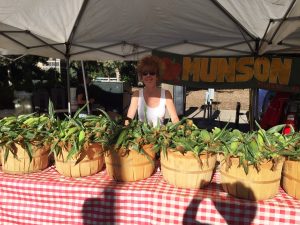

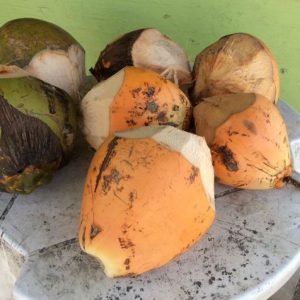



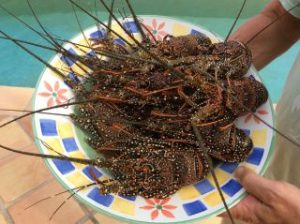
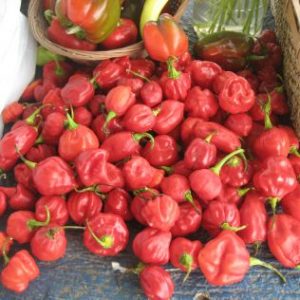

 Manoah Hotel
Manoah Hotel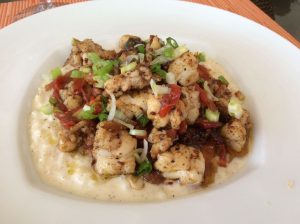 In addition to our lunches, we enjoyed one dinner at Jacala. The atmosphere at night is different – so special, very romantic. The palm trees dance in the breeze and glow with white lights. White table cloths and candles dress the tables. Often, there is a spectacular sunset!
In addition to our lunches, we enjoyed one dinner at Jacala. The atmosphere at night is different – so special, very romantic. The palm trees dance in the breeze and glow with white lights. White table cloths and candles dress the tables. Often, there is a spectacular sunset!
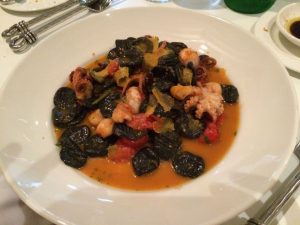 We did try one new place for a dinner after reading such stellar reviews about CoveCastles and their executive chef Marc Alvarez. The restaurant had 5 tables that night and the atmosphere had a good energy. Jim introduced himself to Marc, and he was so friendly. Marc enjoyed showing Jim his special restaurant equipment – a wood fired pizza oven and a most special wood-burning grill made by Grillworks. Marc recommended the night’s special, which Jim enjoyed—grilled baby octopus served over homemade squid ink orecchiette. He started with the fried conch served with a tangy lemon aioli.
We did try one new place for a dinner after reading such stellar reviews about CoveCastles and their executive chef Marc Alvarez. The restaurant had 5 tables that night and the atmosphere had a good energy. Jim introduced himself to Marc, and he was so friendly. Marc enjoyed showing Jim his special restaurant equipment – a wood fired pizza oven and a most special wood-burning grill made by Grillworks. Marc recommended the night’s special, which Jim enjoyed—grilled baby octopus served over homemade squid ink orecchiette. He started with the fried conch served with a tangy lemon aioli.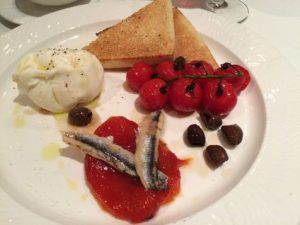
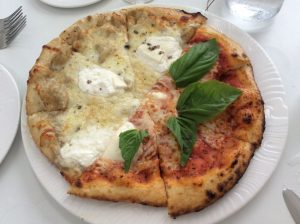

 If all this talk about fresh greens has you hooked, grab some fresh parsley from the market this weekend and try Chef Jim’s great
If all this talk about fresh greens has you hooked, grab some fresh parsley from the market this weekend and try Chef Jim’s great 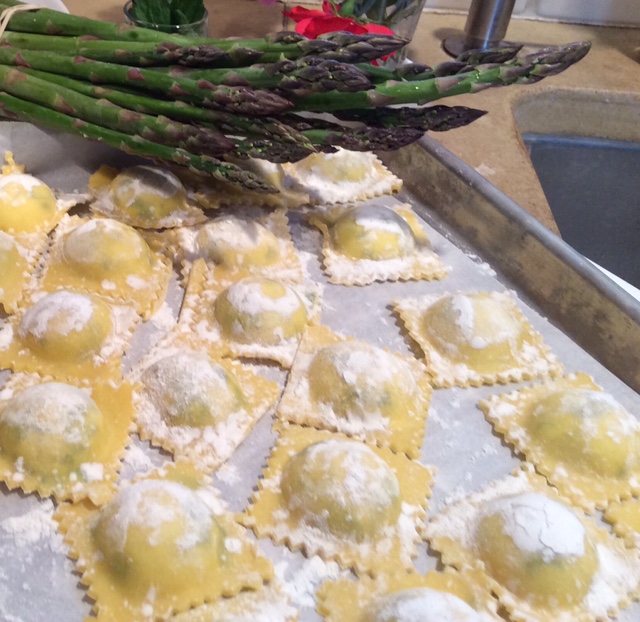
 A longstanding devotee of the market, our Executive Chef Jim Smailer certainly does his best. Undeterred by the chill of an early spring morning, Chef Jim arrives early for the best selection. Lots of folks enjoy the Market, but for Chef Jim, finding the freshest local asparagus and greens is like panning for gold.
A longstanding devotee of the market, our Executive Chef Jim Smailer certainly does his best. Undeterred by the chill of an early spring morning, Chef Jim arrives early for the best selection. Lots of folks enjoy the Market, but for Chef Jim, finding the freshest local asparagus and greens is like panning for gold.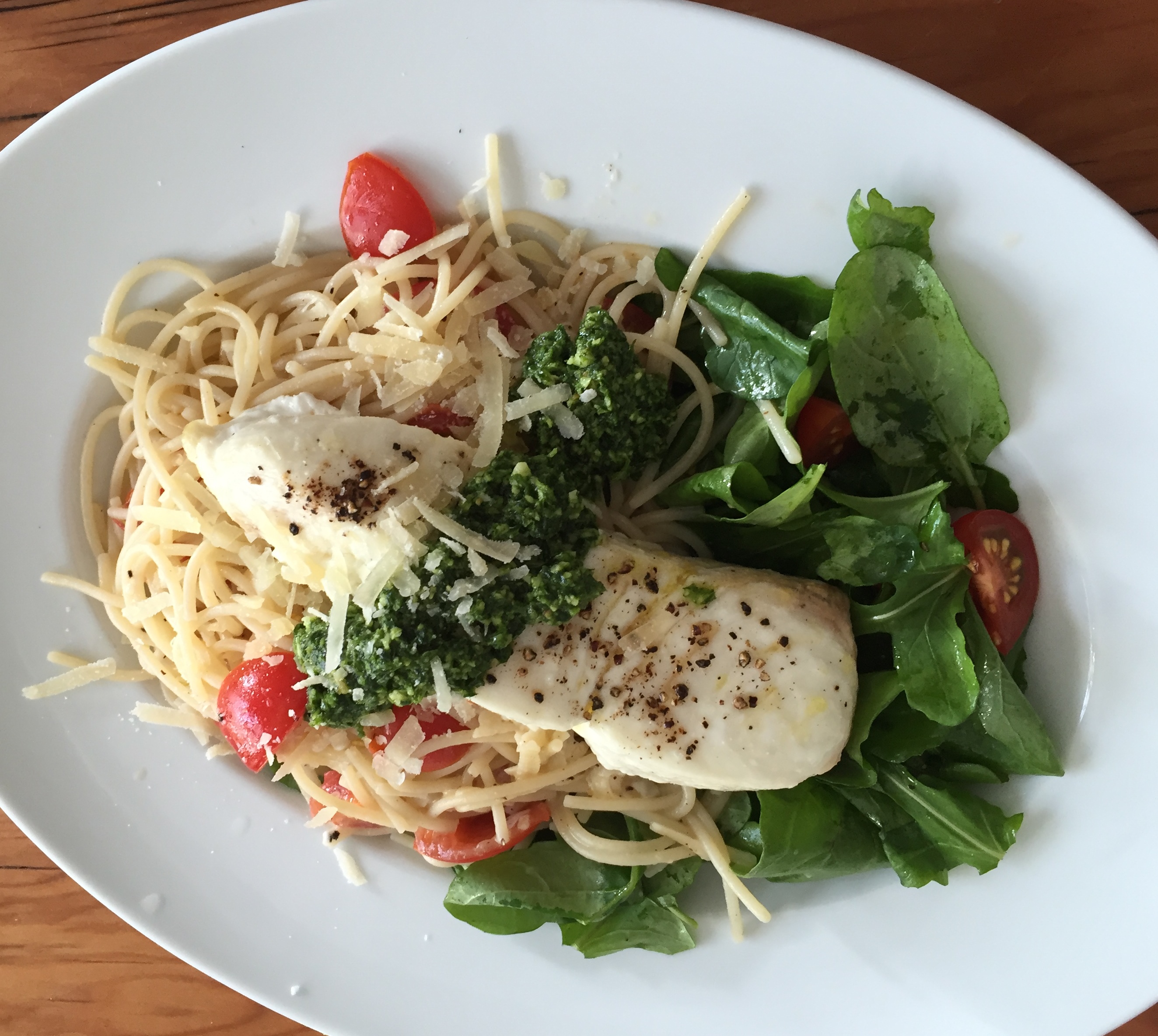 Together with Jim’s hand-picked produce, the possibilities for his seafood selections are almost endless.
Together with Jim’s hand-picked produce, the possibilities for his seafood selections are almost endless.
 Ingredients:
Ingredients:
